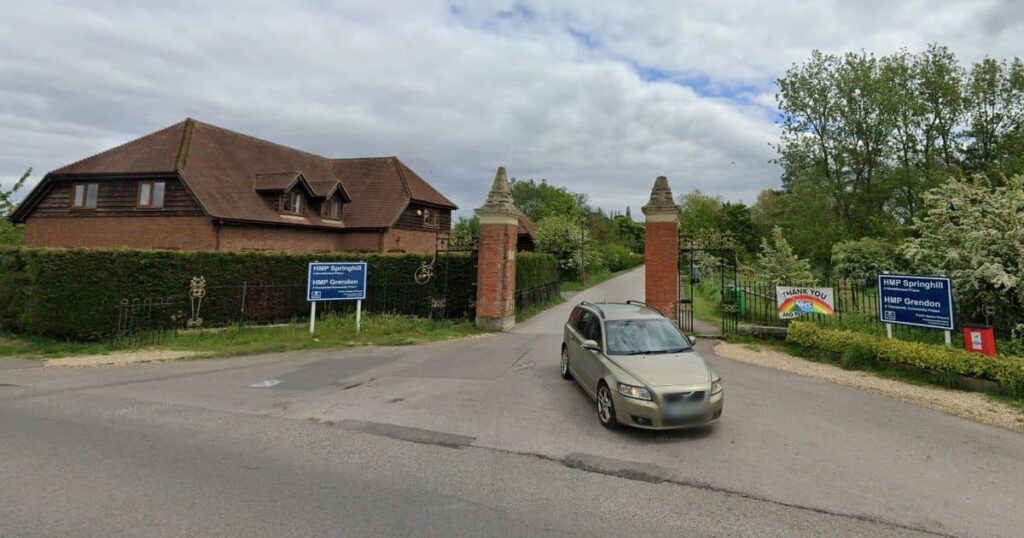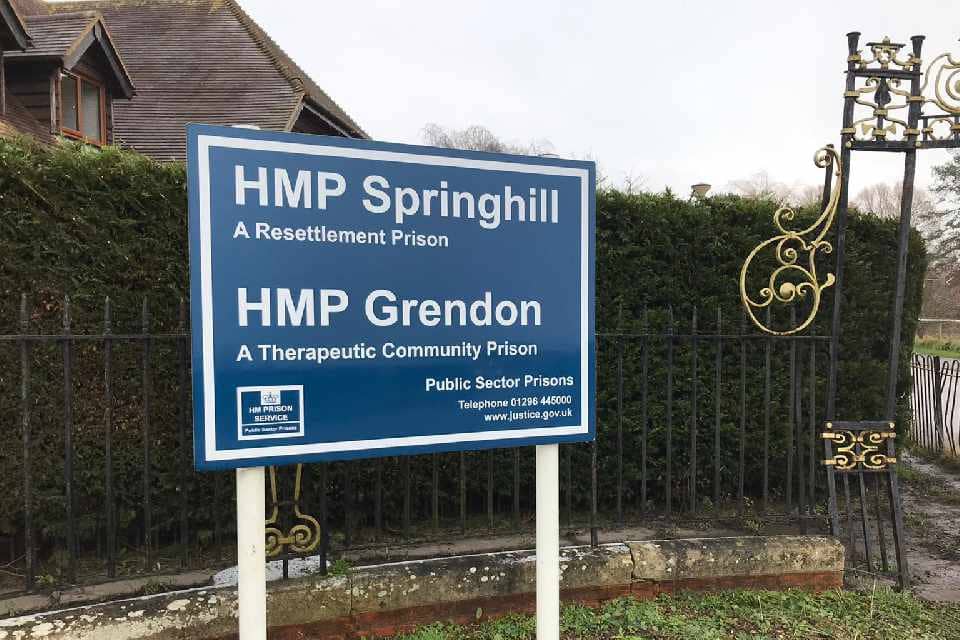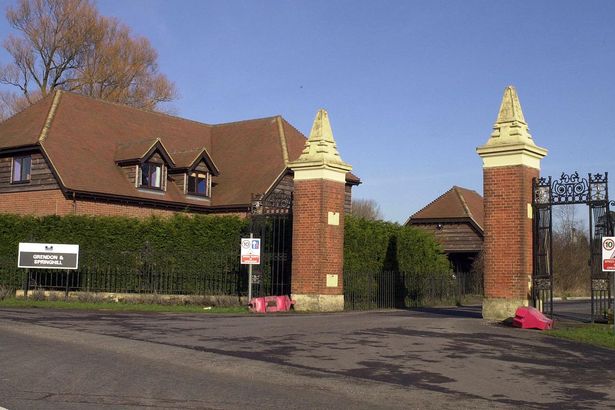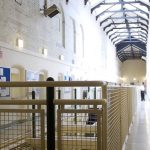Nestled in the picturesque village of Grendon Underwood in Buckinghamshire, England, HMP Spring Hill is a Category D men’s prison that stands out for its historical significance and progressive approach to inmate rehabilitation.
Operated by His Majesty’s Prison Service, Spring Hill is jointly managed with HMP Grendon, which is located just next door. In this review, we delve into the rich history of this prison and the diverse opportunities it offers to inmates today.
| Address | Grendon Underwood Nr. Aylesbury Buckinghamshire HP18 0TL |
| To Book A Visit | springhill@hmps.gsi.gov.uk |
| Website To Book A Visit | www.gov.uk/prison-visits |
| Main Switchboard | 01296 445000 |
| Type of Prison | Male Cat D |
| Locate on the prison finder | HMP Spring Hill |


History Of HMP Spring Hill
Built in 1872, the facility, originally known as Grendon Hall, was initially a family residence. However, during the Second World War, it served as an MI6 base before transforming into a training center for the Special Operations Executive. After the war, the site was repurposed by the Prison Service, becoming the UK’s first open prison in 1953.
Despite its idyllic location, Spring Hill hasn’t been immune to incidents. In 2003, burglars infiltrated the prison, stealing £650 and valuable personal belongings from inmates. On a more positive note, in December 2007, prisoners built ten bird boxes for the London Zoo to support a colony of sparrows that had settled there.
A Modern Day Spring Hill Prison
As an open resettlement prison, Spring Hill predominantly accommodates long-term male inmates nearing the end of their sentences. The prison provides various educational and employment courses, in addition to two vocational learning centers specializing in Information Technology and Bricklaying. The education department collaborates with local colleges, allowing prisoners to attend classes outside the prison on a full or part-time basis.
n June 2018, Spring Hill became the third prison globally to host a Parkrun—a weekly 5-kilometer running event that takes place in over 1,400 locations across 22 countries. This initiative further highlights the prison’s commitment to the physical and mental well-being of its inmates.
Conclusion HM Prison Spring Hill exemplifies a progressive approach to rehabilitation, offering inmates ample opportunities for education, vocational training, and personal growth. With its rich history and dedication to fostering a positive environment, Spring Hill sets a high standard for other Category D prisons in the UK and beyond.
ACCOMODATION
The prison’s accommodation is spread across 11 units. Nine huts, labeled J to S, house 22 inmates in both shared and single rooms. Huts X and W each have 40 rooms with en suite facilities, though Hut X is operating at half capacity due to fire safety concerns.
Hut W is designated for those working outside the prison, while Hut T serves as a 16-bed unit for inmates requiring substance misuse support. All units are equipped with a communal lounge, kitchen, showers, and separate toilets.
Inspections
In April/May 2022, HMP Spring Hill underwent an inspection, the full details of which are available on the Ministry of Justice website. The inspectors’ report indicated that the prison was making significant progress in recovering from the challenges posed by the pandemic restrictions over the previous two years.
During a brief visit in March 2021, the inspectors found prisoners to be bored and frustrated, confined to the prison premises and unable to be released on temporary licence for work or family visits. However, a return visit a year later revealed a much more productive and content environment.
Upon arrival, every prisoner was assigned either work or education, although some jobs were deemed contrived and many prisoners were underemployed. Despite these issues, the prisoners were developing good work habits necessary for their release, such as waking up early.
After navigating through extensive bureaucratic procedures and delays caused by external agencies, prisoners were able to work off-site. During the inspection week, an average of 64 prisoners were working or studying outside the prison, with six others attending medical appointments, on overnight release, or visiting their families. The report suggests that once the regime is fully established, more than half of the prisoners should be working outside the prison daily, particularly given the availability of job vacancies in the area.
The report, however, criticised the poor state of the prison’s accommodation, attributing it to a lack of investment from the prison service. The pre-fabricated house blocks, built in the 1960s and designed to last 20 years, were in a state of disrepair, with holes in the walls, faulty plumbing, and damaged floors and windows. Three larger accommodation blocks had been condemned for not meeting fire safety standards, resulting in the prison operating below its usual capacity of 335 and holding only 241 men at the time of the inspection.
The prison service had supplied 40 temporary sleeping pods, which were popular among the prisoners, but these will eventually wear out. A plan to provide an additional 80 sleeping pods had been delayed for over a year due to contractual issues between the prison service and the contractors.
The report concluded that the prison service must secure funding to rebuild all the accommodation on site to provide sustainable, decent facilities for the prisoners. It also commended the governor and her team for their efforts to restore a sense of purpose at the prison, despite the challenges posed by the inadequate infrastructure. The report suggested that, with some creativity from the prison service, new accommodation could be built by the prisoners themselves, equipping them with skills that could lead to well-paid employment upon release.
To read the full reports, go to the Ministry of Justice site or follow the links below:
- Inspection report (690 kB), Report on an unannounced inspection of HMP Spring Hill by HM Chief Inspector of Prisons (18 April – 6 May 2022)
- HMP Spring Hill (761.90 kB), Report on an unannounced inspection of HMP Spring Hill (4–15 December 2017)
- HMP Springhill, Report on an unannounced inspection of HMP Springhill (6 – 15 May 2014)
- HMP Springhill, Unannounced short follow-up inspection of HMP Spring Hill (5 – 7 March 2012)
- HMP Springhill, Announced inspection of HMP Spring Hill (11-14 August 2008)
Confidential Ex-inmate Reviews
I wasn’t here long after after a transfer, but all in all, my time at Spring Hill was satisfactory. I’m grateful for the support I received and the opportunities I was given.







